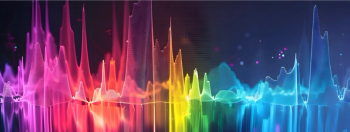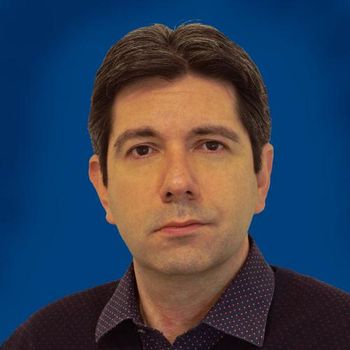
Technology Insider: Thermo Fisher Experts Break Down the Raman Analyzer
In this interview segment, John Richmond and Tom Dearing of Thermo Fisher Scientific explain how Raman spectroscopy is used in the MarqMetrix All-In-One Raman Analyzer, as well as the challenges faced when using Raman spectroscopy in process environments.
Raman spectroscopy is a popular process monitoring tool that can be applied in situ, and as a noninvasive technique, it offers several unique opportunities (1).
Recently, we interviewed John Richmond, who is a Sales Director at Thermo Fisher Scientific, and Tom Dearing, who is a Senior Scientist at Thermo Fisher Scientific, about the MarqMetrix All-In-One Raman Analyzer (2). This analyzer is designed to fulfill process monitoring control in various industries, such as pharma/biopharma, oil and gas, and more (2).
In this interview segment, Richmond and Dearing explain how Raman spectroscopy is used in the MarqMetrix All-In-One Raman Analyzer, as well as the challenges faced when using Raman spectroscopy in process environments.
Below is some of what Richmond and Dearing said regarding how Raman spectroscopy works in their device. The rest of the conversation with Richmond and Dearing is in the video below.
John Richmond: We utilize a 785-nanometer laser. It's a diode laser that can be set from 100 milliwatt up to 450 milliwatt, depending on the sample. Within the spectrometer itself, we have a laser spectrograph and a CCD. We take the laser out through a length of fiber optic sampling optics as well. The fiberoptic can be almost any length, typically 100 meters, so the laser hits the sample, and what that does is it excites the sample to the virtual state. When the sample of the molecules relax from that virtual state, they release photons, which is the Raman effect. That is Raman scattering. So, there are two forms of scattering. One is Rayleigh scattering, which is basically the wavelength of the laser coming back on itself. We filter that out, but we collect the Raman scattered light, which is really a molecular fingerprint of the of the sample and bring that back to the spectrometer through the spectrograph and onto the detector. We find that the 785-nm excitation is good for approximately 95% of all Raman applications. You can work with gasses, liquids, solids, and a wide range of different materials with this one wavelength of laser.
Tom Dearing: The nice thing about Raman spectroscopy in general is that it varies linearly with concentration. And because the Raman spectroscopy in the modes we're working in and the wavelength range we're looking at, we're looking at the fundamental modes of these molecules. We're looking at the actual bonds that are interacting. So, we have peaks for methane, we have a peak for propane, and we have a peak for ethane. It really allows interpreting the data to be really simple and really easy to do. And it's not like some of the other technologies we look at that rely on overtones and fundamentals and other aspects. We're looking directly at the bonds in the molecules, so we can make really good estimations and quantifications of what's present in those process streams.
References
- Muller, D. H.; Flake, C.; Brands, T.; et al. Bioprocess in-line monitoring using Raman spectroscopy and Indirect Hard Modeling (IHM): A simple calibration yields a robust model. Biotechnol. Bioeng. 2023, 120 (7), 1857–1868. DOI:
10.1002/bit.28424 - Thermo Fisher Scientific, MarqMetrix All-In-One Process Raman Analyzer. Thermo Fisher Scientific. Available at:
https://www.thermofisher.com/order/catalog/product/MARQMETRIXAIO (accessed 2025-03-26).
Newsletter
Get essential updates on the latest spectroscopy technologies, regulatory standards, and best practices—subscribe today to Spectroscopy.





